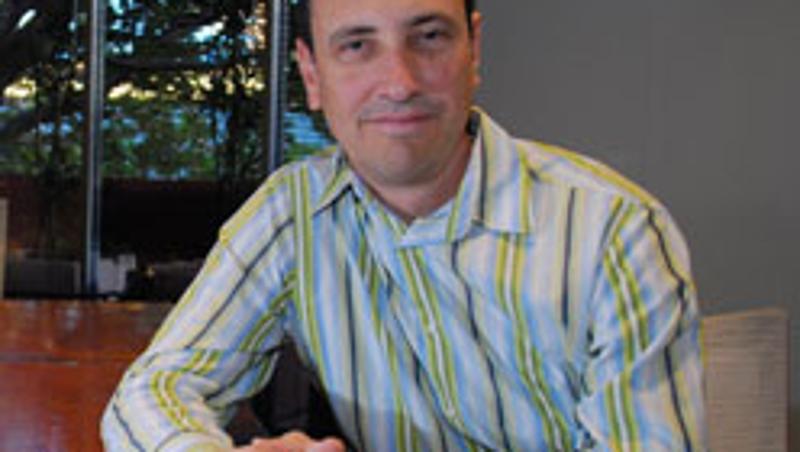
Queensland home owners must take the lead in demanding truly sustainable housing if we are to successfully deal with climate change and the current water crisis.
Mark Thomson, from the Queensland University of Technology's School of Design, said the Queensland housing industry was largely paying lip service to sustainable housing and continued to build energy-inefficient, inflexible, and often toxic houses.
He said consumers must take an active role in driving the change to genuinely sustainable building practices by requesting them from designers, builders and manufacturers.
"Consumers understand the issues of energy and water conservation and climate change and they may be prepared to pay more but they must insist on sustainable products and designs and not assume they will automatically get them," Mr Thomson said.
"Industry will generally not provide sustainable solutions unless consumers demand them, consequently it is up to consumers to broaden their knowledge of water conservation, energy efficiency and material toxicity details."
He said to achieve a comfortable, environmentally in-tune house, a home should be viewed as a living organism and be built to respond and react to the climate.
"A house should open up to the breezes in summer or let in natural daylight in winter rather than rely on air-conditioners or lights to provide a livable environment," he said.
"Unfortunately we stick to inflexible, outdated designs not suited to the changing rigours of the climate nor the energy crisis.
"Consumers must ask for sustainable timber and low toxic paints and glues when building. Enamel paints, for example, are toxic because they emit fumes from solvents so it is better to insist on low-emission alternatives."
Mr Thomson said the move to higher density housing made sustainability more complex but just as vital.
He was involved in the design of Brisbane's first sustainable apartment project, Viret in Clayfield, which used design features to radically cut the use of energy guzzling air conditioners and heaters that could be incorporated in all homes.
"At Viret, skylights and high level windows were used to let in natural light and allow hot air to escape. Light shafts let natural light into internal rooms such as kitchens and bathrooms, rooms which in standard apartments often need the lights on during the day."
Mr Thomson said breezeways designed to assist cross ventilation in living rooms had proved a success. Roof water harvesting and grid-tied solar power at Viret had also contributed to sustainable outcomes.
"Most units have now sold at Viret, proving consumers are choosing increased sustainable living built solutions when they are offered."
Media contact: Niki Widdowson, QUT media officer, 07 3138 1841 or n.widdowson@qut.edu.au.
** High res pic of Mr Thomson available for media use




